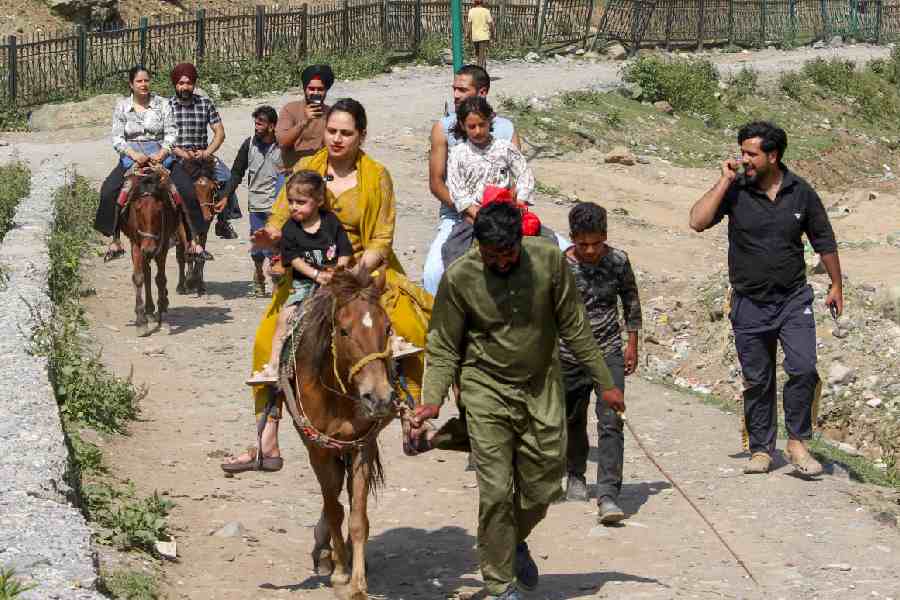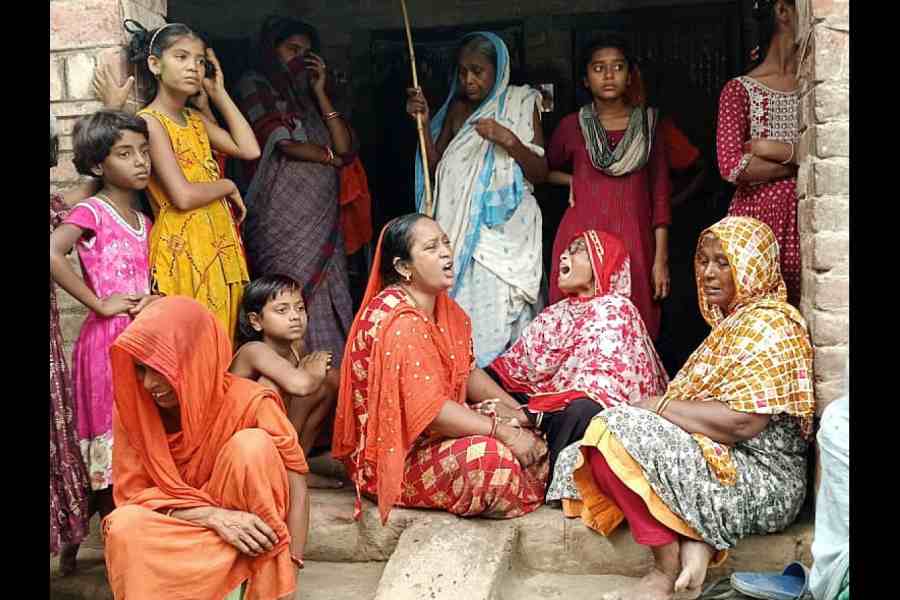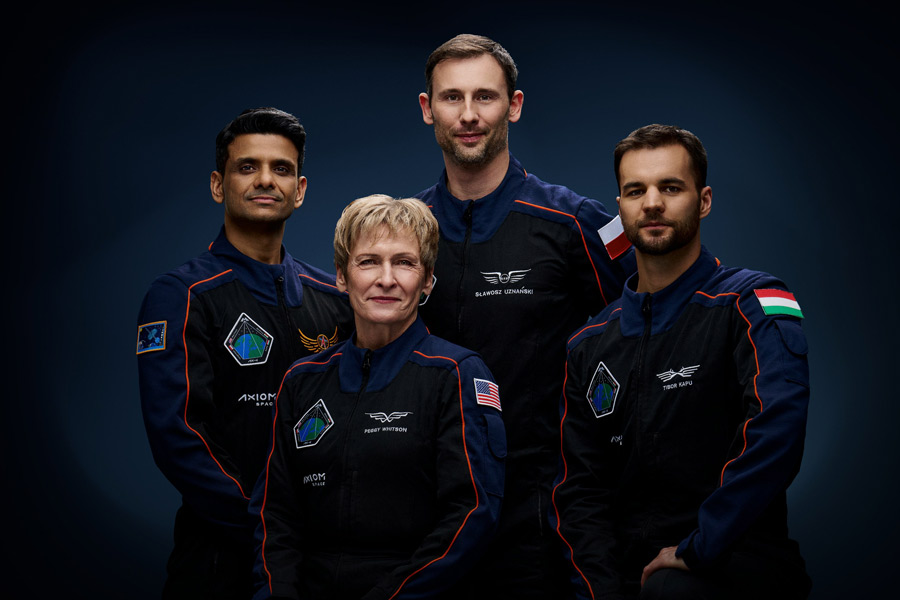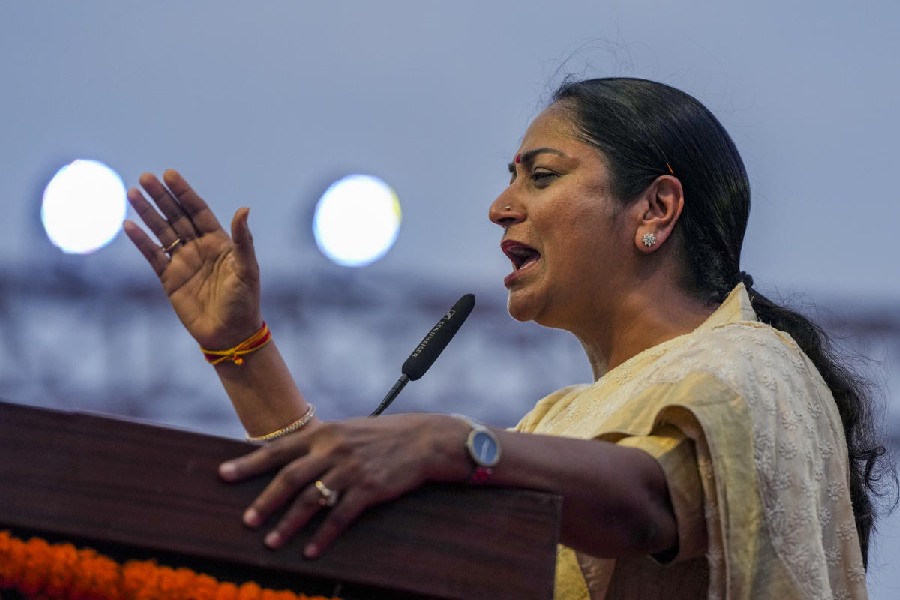 |
Bibek Debroy is a puzzled man. The economist had sought to trace his early ancestors’ roots. Debroy gave his saliva sample to a laboratory in Delhi, which sent it abroad to test his DNA.
The answer that Debroy received a few weeks later told him that his ancestors from his mother’s side had crossed over from Africa, where man is believed to have originated, to Turkey, moving towards northern Europe till they reached a fork in the road some 40,000 years ago. And this is the crossroad where Debroy finds himself, unsure of whether his mother’s family came to what became India via Australia or North America, two routes plotted on the map by the laboratory that tested his DNA.
 |
 |
 |
| TELL TALE: (From top) Historian Teotonio R. de Souza: touch of Italy; economist Bibek Debroy: out of northern Europe, and geologist Hector Fernandes: man from Mesopotamia |
“But I guess it’s more likely they would have migrated by sea,” Debroy says. “The DNA test indicates only when there is large-scale migration and not a one-off migration, which is why their journey into India from there is not visible,” he adds.
Those who’ve been wondering where their ancestors came from now have a simple way of checking the route they followed. The simple question — who am I — is being answered in laboratories with new devices and methods mapping a person’s DNA. About half a dozen companies in India are offering the services.
Across the West, DNA testing is becoming a fad. Reports in the US media maintain that American President Barack Obama and actor Brad Pitt have a common ancestry, as do former President George W. Bush and Playboy founder Hugh Hefner.
But the trend, while still to catch on in India, is slowly taking root. People like Debroy are asking questions — and finding answers, however confusing.
In the last year, Dhrub Parasher, vice-president of Indian Biosciences, a company that sends samples for DNA testing abroad, says he has seen 80 people come to have their DNA mapped to help them get a glimpse of relatives they’ve never known.
Many of these people who’ve come for DNA mapping are foreigners working in embassies in India or middle and upper income Indian professionals in their thirties. They have researched the subject on the Internet and want to know more, says Parasher.
Among them are inter-racial couples trying to track their children’s ancestors. Some, perhaps the only ones with light skin or dark hair in the family, go in for DNA mapping to find out why they are different.
The procedure is simple. The DNA is tested from saliva samples which are sent to labs in the UK or the US. The test costs about Rs 20,000.
Hector Fernandes, a geologist in Goa, recently got his DNA tested to find out where his father’s ancestors came from as part of a study to trace the roots of his Konkani Vangodd clan in Aldona village in north Goa. His ancestors, the test tells him, arrived in India about 8,000 years ago. His father’s genetic line originated in Anatolia in Turkey or northern Mesopotamia and subsequently spread to West Asia, Europe, and Central and South Asia.
History scholar Teotonio R. de Souza, who comes from a village about four or five kilometres away from Hector’s Aldona, found that his paternal ancestors crossed southeast Europe, most likely central and southern Italy, Greece and Romania, on their way from Africa.
About 1,50,000 years ago, de Souza’s early paternal relatives had come out of Ethiopia, via Egypt, and crossed into Europe and Asia to reach India. One group, however, branched off into Turkey and Greece.
On a map, his ancestors from his mother’s side are seen stepping out of the northern tip of Africa, somewhere around Libya. Their route, marked by arrows, proceeded towards Egypt, Saudi Arabia and Pakistan.
One part of the group moved towards Mongolia, while the other entered India through the north, crossing over to Bengal. While one group reached Goa, others crossed the Indian Ocean and stopped in northern Australia.
Indians have also joined National Geographic’s genographic project which has been seeking volunteers for genetic mapping. “We’re collaborating with indigenous and traditional peoples around the world to learn more about where we came from and how we got to where we live today. … We’re also inviting the general public to join us on the journey. Together we can tell the story of us all,” project director Spencer Wells says in a statement on its website.
A priest in Goa who prefers not to be named sent his saliva sample and found that ancestors from his father’s side left east Africa to enter the Arabian Gulf, via Iran and Europe, to Rajasthan and back to Europe. The group is common in South Asia and the European Roma community.
“A majority of anthropologists are of the opinion that the nomads of Rajasthan are culturally linked with the Roma gypsy of Europe,” says Father S.M. Michael, anthropologist and director of the Institute of Indian Culture, Mumbai.
For many people, the mapping answers questions about their origins, though quite a few are surprised by the results. “Many Indians are shocked when their DNA test reveals that their roots lay in Europe,” says Parasher.
Prof. R.N.K. Bamezai, a specialist in human genetics and vice-chancellor of the Shri Mata Vaishno Devi University in Jammu, says there are reasons for that. “There are similarities between Indian and European signatures,” he says. “But it would be important to interpret the genetic map carefully to establish which of these signatures are older to ascertain the place of origin,” he adds.
A study published in the Journal of Human Genetics in 2009, co-authored by Bamezai, concluded that one of the groups — the R1a1 genetic signature (a male line of genes) — originated in Kashmir and the northern Himalayan region. From there, they moved to countries such as Iran in South and Central Asia, instead of the other way round, as many theories have propounded.
The genetic signature is widespread and concentrated across Eurasia, Central Asia and India. So Bamezai and his team concluded that the Indian Brahmin male, a major carrier of the R1a1, was indigenous to India.
Quite a few studies have been conducted in India on the subject. An article was published in 2009 in Nature, the international weekly journal of science, on research conducted by Dr K. Thangaraj, a scientist at the Centre for Cellular and Molecular Biology, Hyderabad, and four others. They concluded from their analysis of 25 diverse groups in India that the Ancestral North Indians (ANIs) were genetically close to West Asians, Central Asians and Europeans. “These would have been a part of the second wave of migration from Africa some 40,000 years ago,” says Dr Thangaraj.
The ANIs, the study says, have an ancestry in 39-71 per cent of “most Indian groups and are higher in traditionally upper caste and Indo-European speakers.”
But at the end of the day, scientists can only try to seek answers about modern man, from cells that could also confuse. “We have no complete database on the diversity of the human population and all the ethnic groups,” says Professor Bamezai.
Till the time this happens, studies will continue to support or clash with one another. Meanwhile, many have realised that it takes a little more than a double click to view their double helix in motion.










